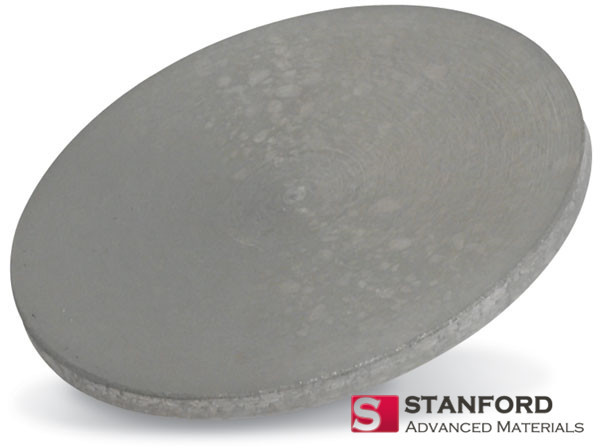Different Shapes of Sputtering Targets
(주)연진에스텍은 Planar (flat) Target과 Rotary (cylindrical) Target, Circular Target 및 Ring Target 등 대부분의 증착 공정에 부합하는 다양한 형태의 스퍼터링 타겟을 제공하며, 타겟 크기의 커스터마이즈가 가능합니다.
Molybdenum Carbide Sputtering Target, Mo2C
Molybdenum Carbide Sputtering Target
Description
Molybdenum is a chemical element that originated from the Greek ‘molybdos’ meaning lead. It was first mentioned in 1778 and observed by W. Scheele. The isolation was later accomplished and announced by J. Hjelm. “Mo” is the canonical chemical symbol of molybdenum. Its atomic number in the periodic table of elements is 42 with a location at Period 5 and Group 6, belonging to the d-block. The relative atomic mass of molybdenum is 95.94(2) Dalton, the number in the brackets indicating the uncertainty.
Carbon is a chemical element that originated from the Latin ‘carbo’, meaning charcoal. It was early used in 3750 BC and discovered by Egyptians and Sumerians. “C” is the canonical chemical symbol of carbon. Its atomic number in the periodic table of elements is 6 with a location at Period 2 and Group 14, belonging to the p-block. The relative atomic mass of carbon is 12.0107(8) Dalton, the number in the brackets indicating the uncertainty.
Molybdenum Carbide Sputtering Target Specification
|
Compound Formula |
Mo2C |
|
Molecular Weight |
203.89 |
|
Appearance |
Gray |
|
Melting Point |
2690 °C |
|
Boiling Point |
N/A |
|
Density |
9.18 g/cm3 |
Molybdenum Carbide Sputtering Target Application
The molybdenum carbide sputtering target is used for thin film deposition, decoration, semiconductor, display, LED and photovoltaic devices, functional coating as nicely as other optical information storage space industry, glass coating industry like car glass and architectural glass, optical communication, etc.
Molybdenum Carbide Sputtering Target Packaging
Our molybdenum carbide sputtering target is clearly tagged and labeled externally to ensure efficient identification and quality control. Great care is taken to avoid any damage which might be caused during storage or transportation.
- High Purity & Performance 일관된 증착 품질과 오염을 줄이도록 가공합니다.
- Material Variety 다양한 응용 분야의 요구 사항에 맞게 순수 금속, 합금, 세라믹 및 화합물로 제공됩니다.
- Custom Manufacturing 특정 시스템의 필요요구 사항에 맞게 크기와 형태, 조성을 맞춤화했습니다.
- Precision Design 반복 가능하고 균일한 박막 결과를 위해 엄격한 공차로 제조되었습니다.
- Flexible Supply Chain 최고의 제조업체와 강력한 파트너십을 통해 일관된 품질과 on-time 납품을 보장합니다.
하기

